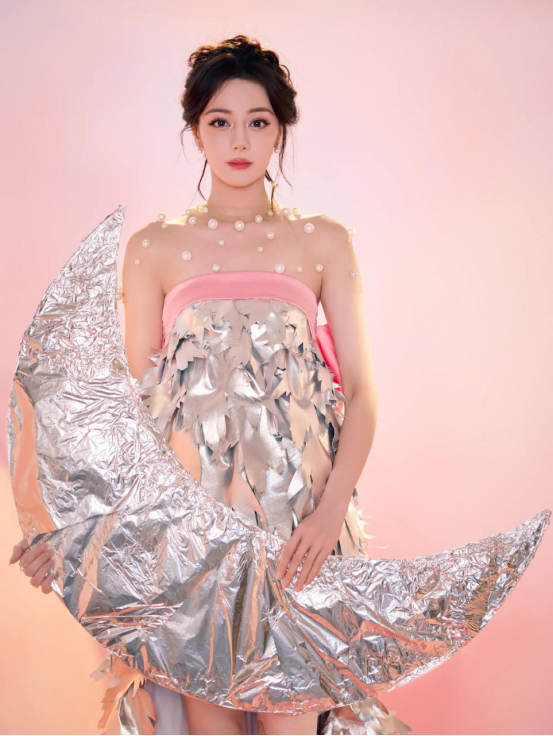In the long river of Chinese history, we often get lost in the exquisite and diverse designs of traditional Hanfu, marveling at their aesthetics and cultural significance. However, it
’
s important to note that the evolution of traditional Hanfu extends beyond the upper classes. Ancient commoner clothing serves as a humble testament to the era, worthy of exploration for its composition and practical design. Through examining the attire of ordinary people, we can glimpse the gradual development and iteration of fabrics over thousands of years, uncovering the “legend of cloth” hidden in everyday wear.

Shang and Zhou Dynasties
During the Shang and Zhou periods, commoners lived modestly, with clothing designed primarily for labor-intensive farming. Fabrics were limited by productivity, using mainly hemp and coarse linen, which were durable, practical, and comfortable. Garments were simple: short tops, two-piece skirts, and grass shoes. The style reflected plainness and functionality.

Qin and Han Dynasties
The Qin and Han dynasties continued using hemp and linen but improved weaving techniques. These materials were optimized, leading to more varied styles—layers became thicker, belts, headscarves, and colored linen appeared frequently.

Wei and Jin Dynasties
The Wei and Jin periods saw influence from Central Asian styles. Men wore wide-sleeved short jackets with tied pants, while women favored narrow-sleeved short tunics and striped skirts. Though still made from coarse hemp and ramie, clothing became more aesthetically pleasing, blending utility with beauty.

Tang Dynasty
By the Tang era, foreign influences transformed styles. Men’s collars were round, sleeves narrow, and edges plain; women retained the cheongsam style but added vibrant colors like blue and pink. Despite social and economic constraints, ramie replaced coarse hemp as the preferred material for its softness and ease of weaving.

Song Dynasty
The Song period introduced cotton, mixed with linen for durability and comfort. Cotton became popular but was still scarce, so hybrid fabrics were common.

Ming and Qing Dynasties
Cotton production boomed during the Ming and Qing, becoming the main material for commoner clothing. Styles remained practical—short tops and loose pants for ease of movement. In Qing times, better-off families used animal fur for winter layers.
Though far less luxurious than noble attire, every detail of ancient commoner clothing reflects the wisdom of laborers. These simple garments narrate their own “legend of cloth.”







